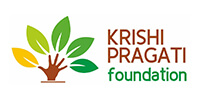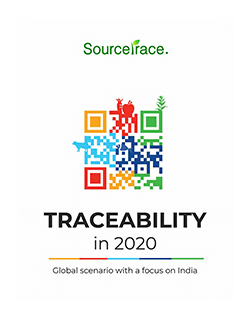SourceTrace is a global leader in providing digital solutions to agriculture and food businesses. We enable full visibility into the agricultural and food value chain, with touchpoints across every stage – from farm to retail. Our SAAS solution and agri value chain management software make farming sustainable, supply chains efficient and bring transparency and traceability into food trade across 37 countries.
From farm management software, agriculture data management and food traceability solutions to supply chain management, SourceTrace is all you need for your complete value chain management. The latest in best farming apps and food supply chain innovation is right here.






































